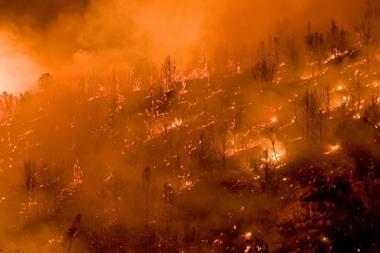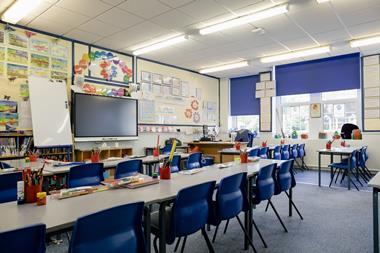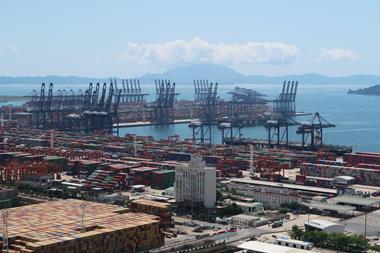Property damage and business interruption losses are now likely to be significantly higher than before Covid-19, here’s how risk managers can respond
Business interruption, supply chain disruption and natural catastrophes rank as the top risks for the construction and engineering sector.
The energy crisis, filled by shortages, the Ukraine war, and inflation is a new entrant at number three, according to the Allianz Risk Barometer.

This is not surprising. The construction industry is facing a number of challenges including the prospect of recession, the shortage and rising cost of energy, key equipment and materials, and a spike in procurement costs.
A widespread shortage of skilled labour, longer lead times and cost overruns, compromised supply chains, ever-changing workplace protocols, and increased competition are creating further issues.
What does it mean for risk managers?
Blanca Berruguete, Global Industry Solutions Director for Construction at AGCS, comments on the top risks: “Larger values are at risk for companies. Construction costs are soaring because of the higher prices for energy and raw materials. Replacement is costing more and taking longer.
”Materials can also often be unavailable due to logistics, shipping and supply-chain bottlenecks. The result is that any property damage and business interruption losses are now likely to be significantly higher than before Covid-19.”
Regarding actual claims patterns, fires and natural disasters are the top contributors to construction and engineering losses according to AGCS analysis of 22,000 insurance claims worth €12.8bn over five years from 2017 to the end of 2021.
”Any property damage and business interruption losses are now likely to be significantly higher than before Covid-19.”
Fire is the most expensive cause of loss, accounting for 27% of the value of claims analysed. Natural catastrophes account for almost a fifth of claims by value (19%) and are also the most frequent cause.
Construction sites need to give more consideration to the impact of extreme events, such as wildfires, flash flooding and landslides in their risk assessments.
With climate change increasing the frequency and severity of these events, the costs of property damage and business interruption are expected to escalate.
What next?
While the energy crisis, in combination with other factors, has contributed to rising costs given construction is an energy-intensive economic activity, in the mid-to-long term, it could also act as a catalyst for the sector to fast forward its green transformation.
This could see firms adopting more sustainable approaches, which would be a positive result given it is currently a key contributor to greenhouse gas emissions.
”Rapid adoption will likely be required meaning close co-operation between insurers, brokers and clients”
The drive to net zero will help deliver strong future growth for the construction industry but new technologies, innovative delivery methods and greener, leaner practices will also bring new risk scenarios such as potential defects and repetitive loss scenarios or unexpected safety or environmental consequences.
Berruguete concluded: “The switch to sustainable energy and the adoption of modern building methods will transform the risk landscape, with radical changes in design, materials and construction processes.
“In order to meet carbon reduction targets, rapid adoption will likely be required meaning close co-operation between insurers, brokers and clients, to share data and experiences to help underwrite what can be prototypical risks.”




















No comments yet